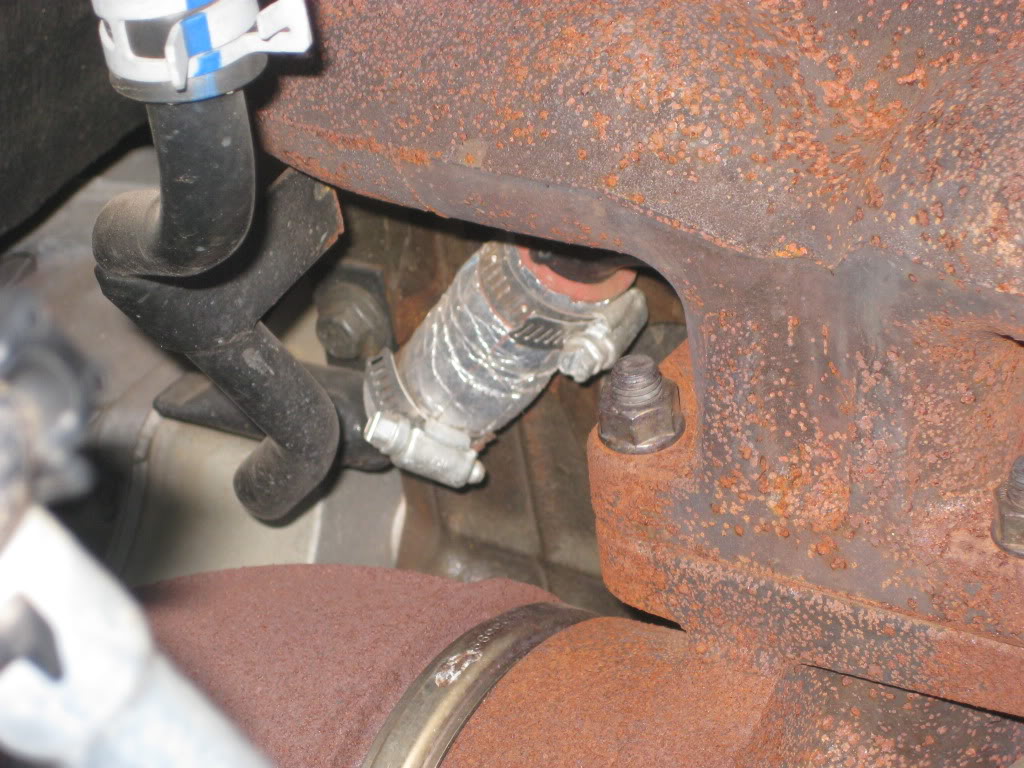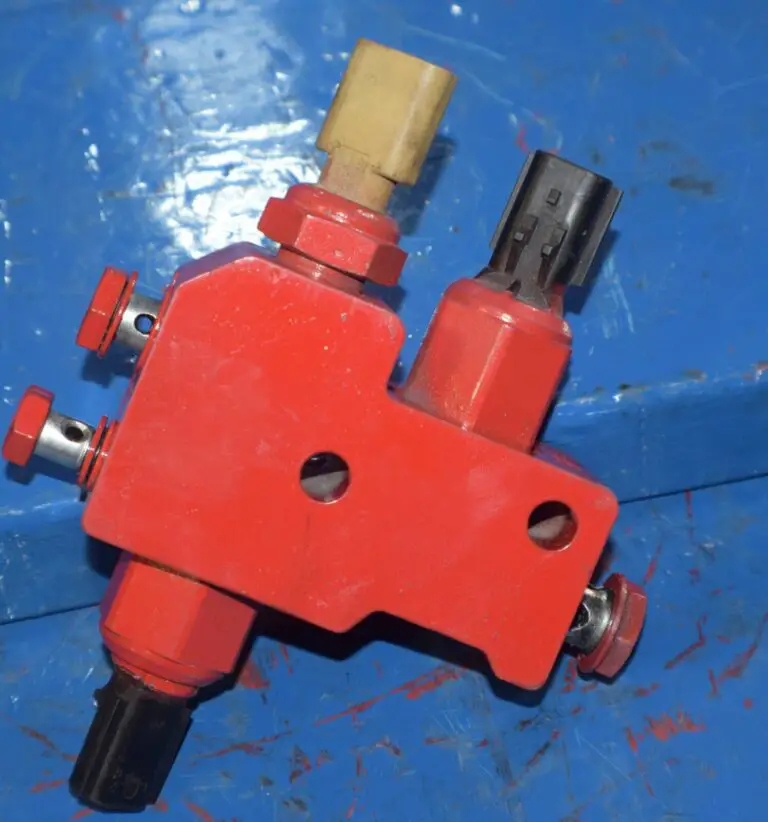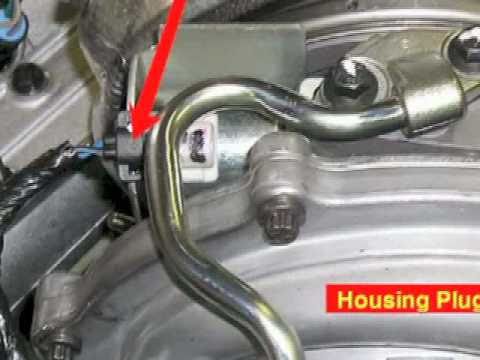6.7 Cummins Coolant Leak: Fixing Passenger Side Issue
The most common cause of a coolant leak on the passenger side of a 6.7 Cummins engine is a damaged or corroded heater core located behind the dashboard, resulting in a puddle of coolant in the footwell. Other potential sources of coolant leaks include the radiator pan gasket, drain plug, and radiator cap.
Additionally, a failing water pump or blown head gasket can also lead to coolant leaks. It is recommended to inspect these components thoroughly to identify and resolve the source of the leak.

Credit: www.dieseltruckresource.com
Common Causes Of Coolant Leak On Passenger Side
Common Causes of Coolant Leak on Passenger Side:
- Damage or corrosion to the heater core can result in coolant leaks. When the heater core is compromised, coolant may collect in the passenger’s footwell.
- A leaking radiator pan gasket is another common cause of coolant leaks. The drain plug or a faulty radiator cap can also contribute to leakage.
- A faulty water pump can lead to coolant leaks as gaskets and seals wear out or become damaged. This can cause radiator fluid to leak out from the front of the car.
- A blown head gasket can also result in coolant leaks. If the head gaskets appear normal, the issue may be in the radiator, as coolant cycles through it to dissipate heat.
Symptoms Of Coolant Leak On Passenger Side
When it comes to a coolant leak on the passenger side, there are several symptoms to watch out for. One common sign is finding a puddle of coolant in the passenger’s footwell. This is often caused by a damaged or corroded heater core located behind the dashboard. Another symptom is an overheating engine. If the coolant is leaking, the engine may not be able to maintain proper temperature regulation, leading to overheating. Loss of coolant is another indication of a leak, as the coolant is no longer being contained within the system. Lastly, a sweet smell inside the cabin can be a sign of a coolant leak, as the leaking coolant may produce a distinct odor. It is important to address these symptoms promptly to prevent further damage to the cooling system.
1. Inspecting And Repairing The Heater Core
In the case of a coolant leak on the passenger side of a 6.7 Cummins engine, one potential cause to investigate is the heater core. The heater core sits behind the dashboard, and if it becomes damaged or corroded, it can lead to coolant leaking into the passenger footwell. Inspecting the heater core for any signs of damage or corrosion is the first step in diagnosing the issue. If the heater core is found to be damaged, it may need to be sealed or replaced to resolve the coolant leak. Removing the dashboard is often necessary to access the heater core and perform any required repairs.
2. Checking And Replacing The Radiator Pan Gasket
When it comes to checking and replacing the radiator pan gasket, there are a few important steps to follow. First, you’ll need to drain the coolant from the radiator. This can be done by locating the drain plug at the bottom of the radiator and opening it to allow the coolant to flow out. Once the coolant has been drained, you can then inspect the radiator pan gasket for leaks. This can be done by visually inspecting the gasket for any signs of damage or deterioration. If you notice any leaks or damage, it’s important to replace the radiator pan gasket. This can be done by removing the old gasket and replacing it with a new one. Remember to tighten any bolts or screws securely to prevent any future leaks. By following these steps, you can ensure that your radiator pan gasket is in good condition and prevent any coolant leaks on the passenger side.
3. Replacing The Water Pump
The 6. 7 Cummins coolant leak on the passenger side can be attributed to a faulty water pump. If the water pump gaskets and seals wear out, loosen, or crack, coolant can leak from the front of the car towards the center.
Replacing the water pump is crucial to resolve this issue and prevent further damage.
Replacing The Water PumpIdentifying the location of the water pumpWhen it comes to coolant leaks, one common culprit is a faulty water pump. The water pump is responsible for circulating coolant throughout the engine to maintain proper temperature. Over time, the water pump can develop leaks, especially on the passenger side. To replace the water pump:
By following these steps, you can successfully replace a leaking water pump and prevent further coolant leaks on the passenger side. |
4. Repairing Or Replacing The Head Gasket
If you notice a coolant leak on the passenger side of your vehicle, it may be a sign of a blown head gasket. A blown head gasket can cause coolant to leak onto the passenger side, resulting in puddles of coolant in the footwell. Additionally, gaskets and seals, such as the radiator pan gasket or the drain plug, can also cause coolant leaks. If these parts wear out or become damaged, coolant may leak from underneath the vehicle. Water pump leaks are another common cause of coolant leaks, as the gaskets and seals inside the water pump can wear out or crack over time. It’s important to address these coolant leaks promptly to prevent overheating and further damage to the engine. If you suspect a blown head gasket or another coolant leak, it’s best to have it diagnosed and repaired by a professional mechanic.
Final Tips And Considerations
Regularly inspect and maintain the cooling system to prevent any potential coolant leaks. This should include checking for any signs of damage or corrosion in the heater core, as well as monitoring the condition of gaskets and seals. Use high-quality coolant that is recommended by the manufacturer to ensure optimal performance and longevity of the cooling system. If you are unsure about the cause of the coolant leak or if the repairs seem complex, it is always recommended to consult a professional mechanic. They have the expertise and knowledge to diagnose and repair any issues with the cooling system, ensuring that the leak is fixed properly. Taking these precautions and seeking professional help when needed will help you prevent further damage and ensure the efficient operation of your vehicle.
Frequently Asked Questions On 6.7 Cummins Coolant Leak Passenger Side
What Causes Coolant Leak On Passenger Side?
The coolant leak on the passenger side may be caused by a damaged or corroded heater core located behind the dashboard. The blower fan forces air across the heater core, and if it leaks, coolant may collect in the passenger’s footwell.
Another common place for a coolant leak is the radiator pan gasket or the drain plug. Leaks from the water pump or blown head gasket can also cause coolant leakage.
What Is The Most Common Place For A Coolant Leak?
The most common place for a coolant leak is the radiator pan gasket. Other possible areas include the drain plug, radiator cap, water pump, and head gasket.
Does A Water Pump Leak Coolant?
Yes, a water pump can leak coolant. The water pump contains gaskets and seals to store coolant, but when these parts wear out or crack, it can lead to coolant leaking from the front of the car. Replacing the water pump is necessary in such cases.
Why Is My Truck Leaking Coolant From The Bottom?
Your truck may be leaking coolant from the bottom due to a blown head gasket or other radiator problems. Check the radiator and head gasket for any signs of damage. The coolant flows through the radiator to release heat, so any issues there may cause a leak.
Conclusion
If you’re experiencing a coolant leak on the passenger side of your 6. 7 Cummins engine, it’s likely due to a damaged or corroded heater core. This can result in a puddle of coolant in the passenger’s footwell. Other common causes of coolant leaks include radiator pan gasket failure, water pump issues, and blown head gaskets.
It’s important to carefully inspect these components to determine the source of the leak and take appropriate action to address the issue. Don’t ignore coolant leaks, as they can lead to engine damage if left untreated.







